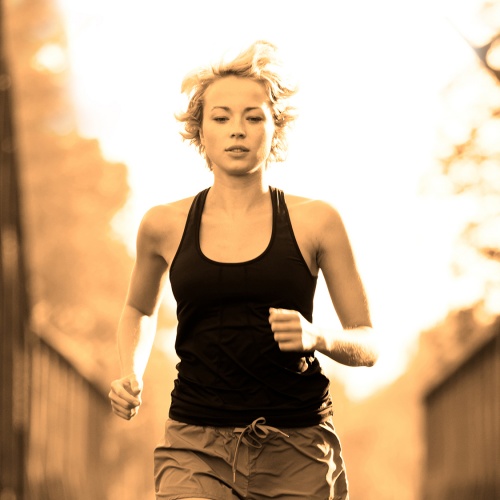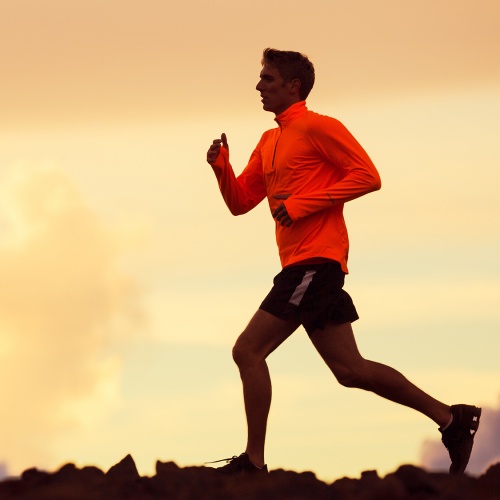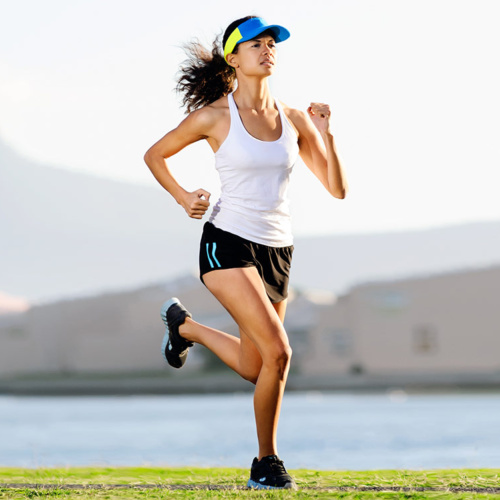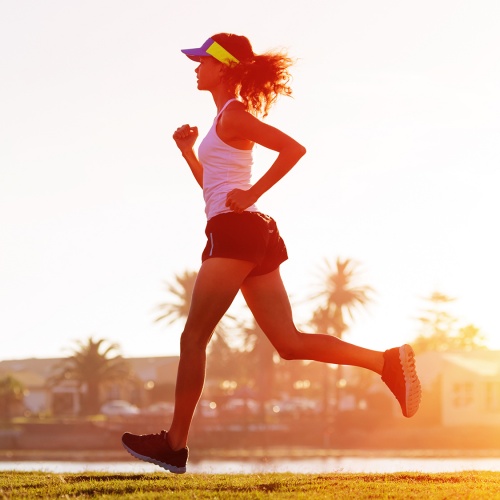What is Gait Analysis?
Gait analysis looks at your running action – specifically, your running stride and the motions and alignment of your feet and legs travel through when you run. This is done on a treadmill. After a short warm up you’d be asked to run for a couple of minutes. During this time the Physiotherapist looks at you from top to toe, and from the back and sides. We will film you and then analyse your run, checking for areas where improvements can be made – everything from arm swing to how your feet land.
– What does it measure
During the treadmill run we assess running form, stride length, cadence, posture and how you take off and land. We look for differences and imbalances between your left and right sides. We look at angles at every joint, checking for restrictions or areas to improve.
How can Gait Analysis and Physiotherapy enhance your running performance?
After the assessment, the Physiotherapist can give you tailored advice on where you can improve running form. This can help your running economy (efficiency), reduce risk of injury, increase your pace and enable you to run for longer distances. Based on what we see in the Gait Analysis assessment, your Physio can also tailor your running plan and your strength/mobility plan to your specific needs and goals.
– Injury Prevention and Rehabilitation
We can help to reduce risk of injury or injury recurrence by finding and correcting weakness, restriction or imbalances in your running style. By proactively assessing issues that are identified during the Gait Analysis and addressing them with targeted physio exercises, we can help clients make any necessary changes – often small ones – that will reduce load around an injury or weakness. These adjustments can include changing your stride length or foot strike to reduce impact through overloaded joints and improve comfort when running.
We can also provide strength and mobility exercises, and running drills to help the areas at risk to adapt better to running. Not only does this reduce injury risk, but you will also benefit from stronger muscles and improved alignment, which will enhance your running technique.
– Running shoe Gait Analysis
The shoes you use to run in can make a significant difference to performance. It can affect everything from speed, endurance and comfort to injury risk.
For example; bulky running shoes have a tendency to make you overstride. This not only reduces running efficiency but also increases the rate of impact forces, which can contribute to fatigue and injury. (If you are an overstrider, you may benefit from wearing a shoe with less bulk, and with every 100g of weight on your foot costing an extra 1% in energy this will also have the benefit of reducing your energy expenditure.)
Alternatively, if you are a novice runner or carrying a few extra kilos you will be better off running in a shoe that has better cushioning or more support. Not only will they reduce the risk of injury, suitably cushioned shoes will also save you energy by protecting your muscles from the impact forces created by striking the ground.
Or if you pronate (i.e. the arch of your foot collapses while running or walking), and 70% of runners do, this makes the knee rotate inwards, which can create pressure and cause injury. If that’s you, you’ll want a shoe with a more rigid structure under the arch.
It’s important to find the right balance for what works for your individual running style and injury history. Your Physiotherapist will be able to guide you in the right direction when it comes to footwear choice.
So when you book a running gait assessment we will ask you to bring all the shoes that you run in, or at least the pair you use most often. Following the assessment, we will advise you on what type of shoe is best for your running style, especially if you’re new to running. We can also advise you on the condition and suitability of the running shoes you’re currently using.
– Tailor made treatment plans
All runners are different and can all need different advice to improve their performance. The advantage of a Gait Analysis is that it will identify the specific areas of your running that either put you at risk of injury or could be improved by making some fairly simple changes to how you run.
Our Physiotherapists are uniquely able to help because of their close and collaborative working relationship with Ten’s Pilates instructors, Personal Trainers and Massage therapists. This allows them to create a running plan that incorporates all the elements you need to run further, faster and with reduced risk of injury. This may include Pilates, stretching, strengthening and muscle release sessions.
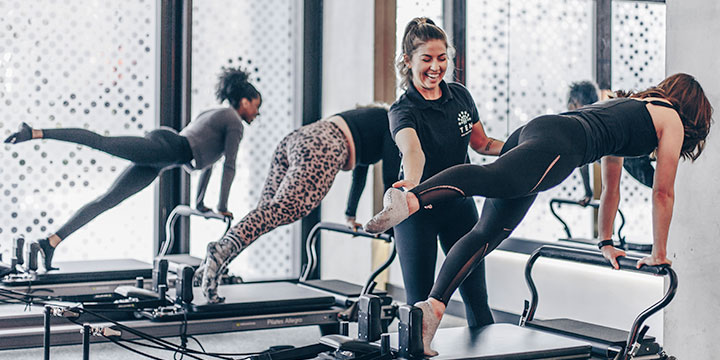
Pilates for running
With its focus on strengthening the core and encouraging correct muscle activation, Pilates significantly improves functional dynamic stability when running. By that, we mean the ability of the body to hold itself in better alignment for longer, even under fatigue, maintaining upright posture, stability and responsiveness. This in turn will allow you maintain running efficiency – therefore speed and endurance – for longer, which also reducing the risks of postural or impact related injury.
One of the issues that gait analysis identifies most often in runners is the internally rotating knee. Pilates is ideal for strengthening the glutes – often (and surprisingly) weak in runners, which will help stabilise the pelvis and ensure the knee is tracking correctly.
Lower back pain is another issue that affects a large proportion of runners – the most common causes being tight hamstrings or hip flexors, and poor core strength or pelvic stability. Again, Pilates is ideally placed to fix these issues.
Real-life Running Successes
“At Ten, you will feel like you are going to be wrapped in swaddling. Do not be fooled. You are about to have your arse handed to you. But rest assured, your arse will be handed back to you in much better shape than when it got there” – Tom North
Tom is a photographer and infrequent jogger. He came to Ten because he had signed himself up for the London Marathon (his first) and only given himself 16 weeks to get ready.
Having initially come to us for gait assessment, we then created an integrated training and recovery plan to get Tom to the start – and finish – line on time. This included regular Massage and Pilates sessions.
Tom successfully completed his marathon injury free and three minutes inside his 4-hour target.



